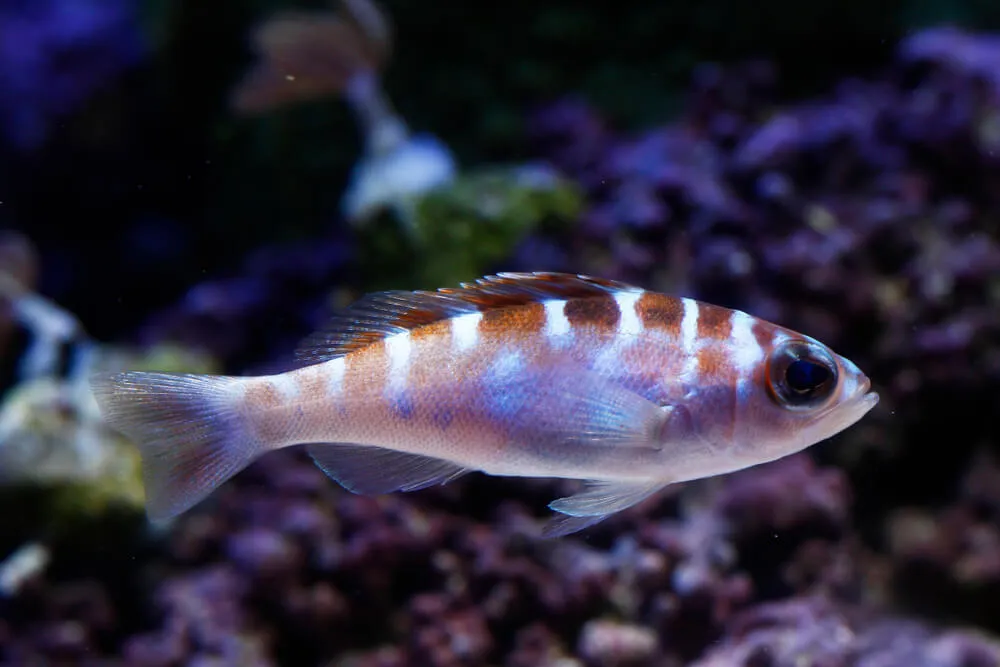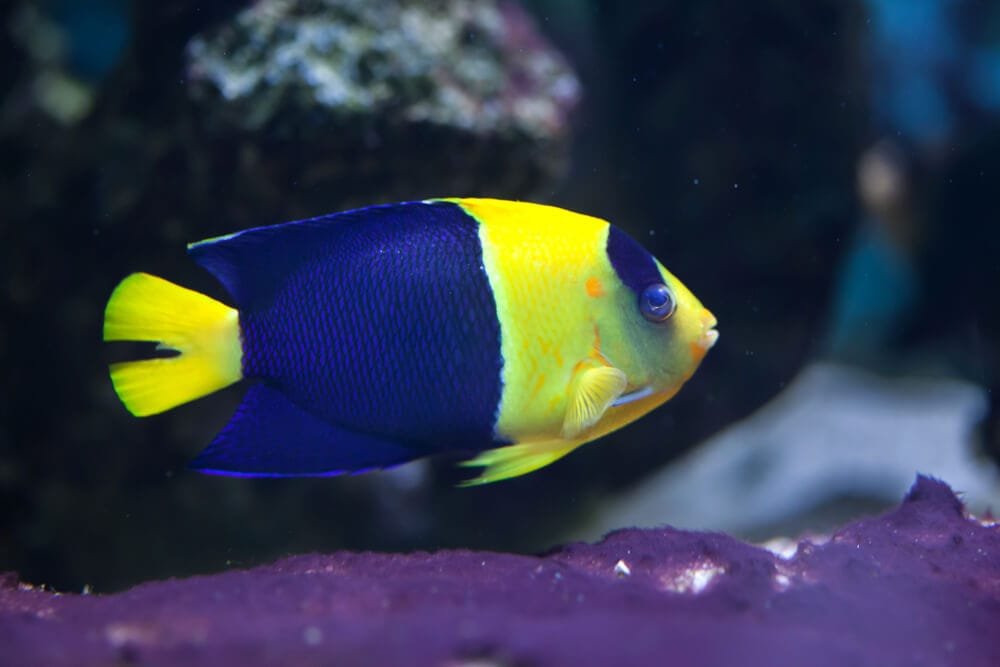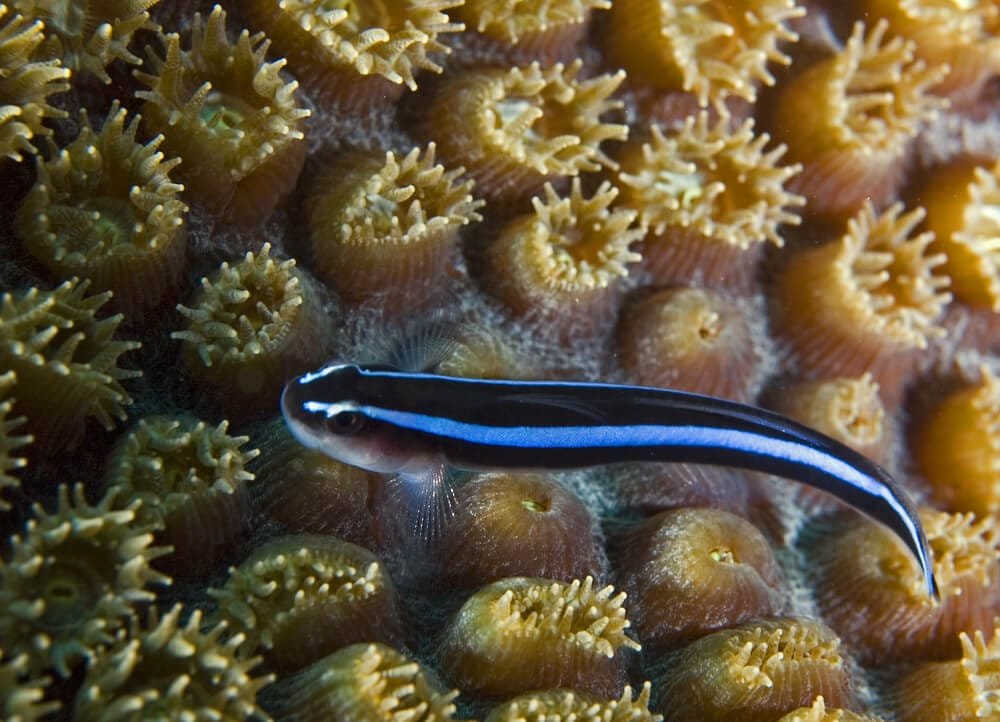Let’s take a fascinating plunge into the underwater world and discover the colorful and captivating Picasso Triggerfish. With its striking, vibrant patterns and unique features, this fish has earned its artistic namesake. Get ready to explore the intriguing world of the Picasso Triggerfish, where beauty meets tranquility beneath the mesmerizing waves.
Overview of Picasso Triggerfish
Physical Appearance
The Picasso Triggerfish, also known as Rhinecanthus aculeatus, is a unique and colorful species that belongs to the family Balistidae. Known for its vibrant patterns and striking markings, this fish is truly a sight to behold. It has a distinct oval-shaped body with a large head and small mouth. One of its most distinguishing features is its dorsal fin, which stands tall and is adorned with vibrant blue lines and spots. The Picasso Triggerfish can also change its color pattern, displaying various combinations of yellow, green, blue, and black. It grows up to 12 inches in length, making it a medium-sized fish.
Natural Habitat
The Picasso Triggerfish is primarily found in the warm waters of the Indo-Pacific region, including the Red Sea, the Hawaiian Islands, and the Great Barrier Reef. It prefers coral reef habitats, typically residing in areas with an abundance of coral formations, seagrass beds, and rocky outcrops. These fish are known to be territorial and can often be found hiding within crevices or burrows.
Conservation Status
The conservation status of the Picasso Triggerfish is currently not of significant concern. It is commonly found in its native range and is not currently listed as an endangered species. However, it is essential to monitor their populations closely as the degradation of coral reefs and other marine habitats may impact their numbers in the future.
Behavior and Characteristics
Feeding Habits
The Picasso Triggerfish is primarily a carnivorous species, with a diet consisting mainly of invertebrates such as crustaceans, mollusks, and small fish. They have powerful jaws and sharp teeth, which enable them to crush and consume hard-shelled prey. These fish are known to be opportunistic feeders and will often scavenge for food scraps or small organisms in the sand or among coral reefs. Despite their aggressive appearance, they are also known to engage in cleaner fish behavior, where they remove parasites from the bodies of larger fish.
Defense Mechanisms
The Picasso Triggerfish possesses several defense mechanisms to protect itself from potential predators. When threatened, it can raise its dorsal spines, making it look larger and more intimidating. It also possesses strong jaws and teeth, which it can use to bite or fend off attackers. Additionally, these fish have the ability to lock themselves into narrow crevices or burrows, making it challenging for predators to reach them. However, they are not immune to threats and may fall prey to larger predators such as sharks, barracudas, and groupers.
Reproduction and Life Cycle
The reproduction of Picasso Triggerfish involves the formation of monogamous pairs, with the female exhibiting dominance over the male. During the courtship period, the male will create and defend a nesting site by clearing the sand or gravel with its mouth. Once the nest is ready, the female will deposit her eggs, and the male will then fertilize them. The male assumes the responsibility of guarding and aerating the nest until the eggs hatch. After hatching, the young triggerfish will go through a larval stage before eventually settling on a reef habitat. The exact duration of their life cycle may vary depending on environmental factors and availability of food sources.
Distribution and Range
Native Range
The native range of the Picasso Triggerfish extends throughout the tropical and subtropical waters of the Indo-Pacific region. It can be found in the Red Sea, the Maldives, the Hawaiian Islands, and as far west as the eastern coast of Africa. These fish thrive in the diverse and expansive coral reef ecosystems found in these regions, contributing to the overall biodiversity of these marine habitats.
Invasive Species
While the Picasso Triggerfish is a native species in its natural range, it has been introduced to other areas through the aquarium trade. In some cases, individuals or pairs of Picasso Triggerfish may escape or be intentionally released into non-native waters. This can have detrimental effects on local ecosystems, as their presence can disrupt the balance of native species and cause ecological changes. It is important to be mindful of the potential impacts and prevent the introduction of non-native species into unfamiliar environments.
Importance to Marine Ecosystems
Keystone Species
The Picasso Triggerfish plays a crucial role in maintaining the health and stability of coral reef ecosystems. As a top predator, it helps control the population of various invertebrates and small fish species, preventing their overabundance and allowing for the survival of other coral reef organisms. Additionally, their feeding behavior and interactions with other species contribute to the overall biodiversity and ecological balance of these delicate ecosystems.
Impact on Coral Reefs
By consuming algae and other unwanted organisms, the Picasso Triggerfish indirectly helps protect coral reefs from overgrowth and prevents damage to the coral structures. Their foraging behavior promotes healthy coral growth, as they selectively feed on encrusting organisms that can smother the corals. This symbiotic relationship between triggerfish and coral reefs highlights their ecological importance and emphasizes the need for their conservation.
Interaction with Humans
Dangers to Divers
While the Picasso Triggerfish is generally not aggressive towards humans, it can become territorial and defensive if it perceives a threat to its nesting site or young. Divers should exercise caution and maintain a respectful distance to avoid provoking these fish. In particular, divers should be cautious around nesting sites during the breeding season, as the male triggerfish may become highly protective and may exhibit aggressive behaviors if approached too closely.
Aquarium Trade
The vibrant colors and unique patterns of Picasso Triggerfish make them popular choices in the aquarium trade. However, it is essential to ensure that these fish are obtained responsibly and from reputable sources. Capture and trade of wild-caught individuals should adhere to sustainable practices to prevent harm to natural populations. Additionally, potential owners should be aware of the specific care requirements and tank size needed to provide a suitable habitat for these fish, as they can grow quite large in captivity.
As fascinating and beautiful as the Picasso Triggerfish may be, it is important to appreciate and respect these creatures in their natural habitat. Through understanding and conservation efforts, we can ensure the continued existence of this captivating species and the preservation of the marine ecosystems they call home.







